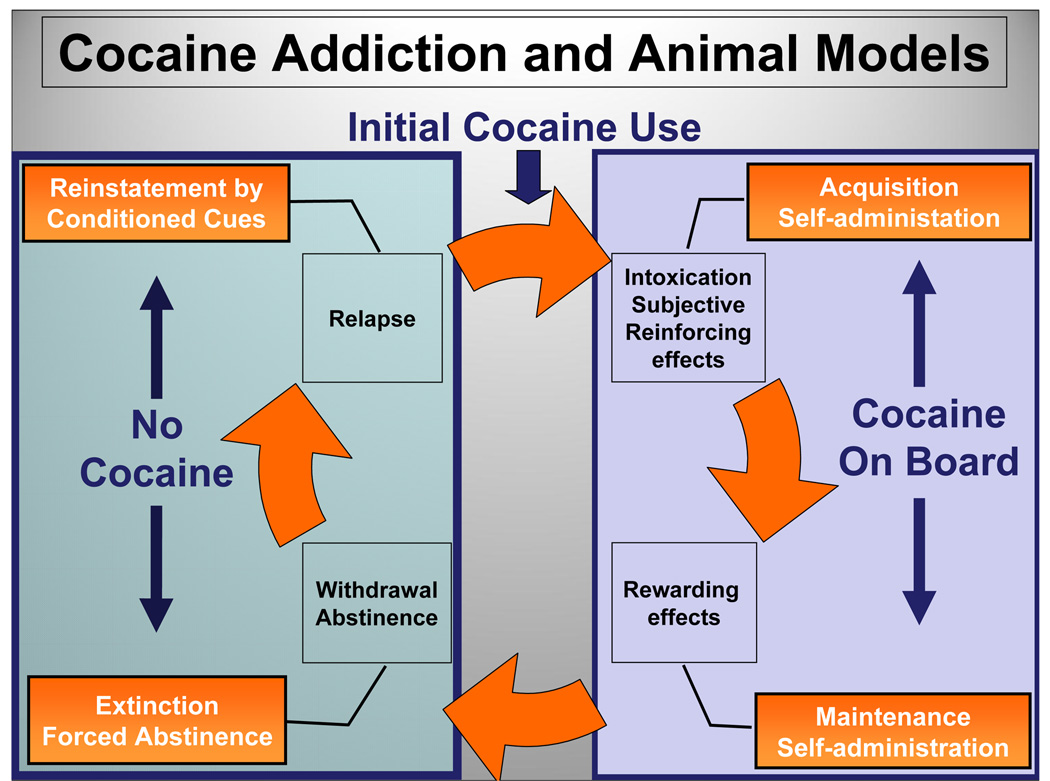Fig. 1. Cocaine Addiction and Animal Models.
Addiction to cocaine or other abused substances is a chronic relapsing disorder characterized by persistent and compulsive drug-seeking and -craving that endures even after years of abstinence (adapted from [170,171]). The right side of the figure illustrates the component of the addictive cycle which is associated with the use of cocaine (“Cocaine on Board”). With initial use of cocaine, the intoxication (euphoria) and other subjective effects reinforce the behavioral output needed to continue drug use (reinforcing effects); these reinforcing effects increase the probability that drug-taking behavior will reoccur. The animal model of self-administration is useful to analyze the acquisition and consolidation of the learning of drug-taking behavior. A pleasurable subjective experience forms the basis of the rewarding effects of the drug, which play an essential role in its ability to serve as a reinforcer. The maintenance phase of self-administration is described by stable performance of the operant for delivery of cocaine and provides a window to investigate manipulations that alter expression of the behavior. The left side of the figure illustrates the component of the addictive cycle which is associated with the cessation of cocaine use (“No Cocaine”). The decision to cease using cocaine may be made voluntarily by the addict or under circumstances of duress, for example, under court-mandated treatment. Upon withdrawal from long-term use of this psychostimulant, abusers exhibit psychiatric symptoms characterized by both psychological (e.g., depression, anxiety, anhedonia, craving) and physiological symptoms (e.g., fatigue, hyperphagia, anergia). Once the ramifications of detoxification and withdrawal are handled, the addict enters a period of abstinence from cocaine use which may last from days to years. In self-administration models, behavioral components and neural mechanisms underlying abstinence may be investigated after a period of extinction or forced abstinence. However, abstinence is challenged by the potential for relapse to renewed use of cocaine. The reinstatement model of self-administration is useful for analysis of this phase of the addictive cycle as modeled by an animal homologue. Three major factors that may initiate drug-seeking behavior and relapse to drug use include exposure to drug-associated environmental stimuli, a “priming” or non-contingent dose of the drug itself or stress.

